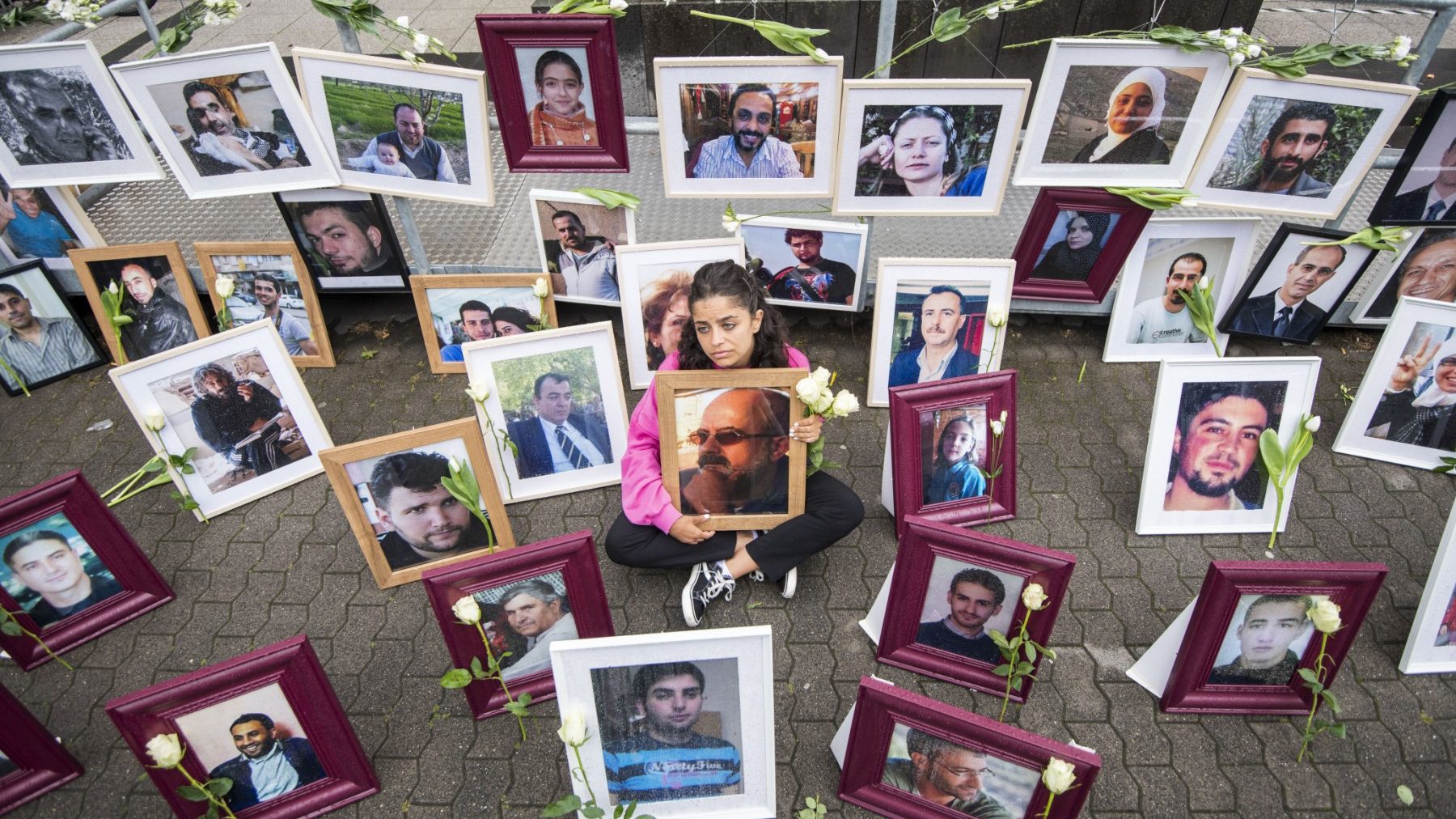The New York Times, in collaboration with a Syrian survivors NGO, published a detailed report on mass graves in Syria, predicting that the information in the report might be used as evidence on serious war crimes.
Throughout Syria’s 11-year civil war, human rights groups and government defectors have documented the widespread killing of civilians by the security forces as they sought to stamp out any opposition to the dictatorship of Bashar al-Assad.
The New York Times and the League for Saydnaya Prison Survivors and Disappeared (LSPD) have gathered evidence that sheds new light on one enduring mystery of the war: What happened to the bodies of the many thousands who died or were killed in government detention centers?
Diab Sirrih, Chair of the Saydnaya Prison Survivors and Disappeared, says the investigation was based on interviews conducted over the past months with four Syrian men who worked in secret mass graves, or in close proximity to them, as well as satellite images. The goal was to reveal two sites containing thousands of bodies, according to the men who worked there.
14,000 tortured to death
“The LSPD worked to obtain testimonies of people who worked inside the mass graves or individuals who have firsthand information on the case,” Sirrih told The Observer in a conversation over WhatsApp.
“It also contributed to locating the two tombs, providing evidence and documents proving their location,” he added.
LSPD has information about five mass graves,” Sirrih said, “but The Times reported on two sites only, due to insufficient information and evidence about the other three sites.”
Interviews over the past several months with four Syrian men who worked at or near secret mass graves led to an examination of satellite images. Together, those clues revealed the locations of the two sites. Each one holds thousands of bodies, according to the men who worked there. They could also contain powerful evidence of war crimes committed by Assad’s forces, according to human rights groups, including the systematic torture and the killing of detainees.
After the uprising that led to the war began in 2011, Assad activated his network of security agencies to stamp out dissent by locking up protesters, activists, and others.
At least 14,000 of those detainees were tortured to death, the U.S. Treasury Department said last year, but the actual number is almost certainly much higher. More than 130,000 others have disappeared into government detention centers, and many of them are presumed dead.
Read Also: Report Reviews 11 Years of Violations Against Syrians
The Syrian government, according to The Times’ report, has repeatedly denied that it killed people in detention. But human rights groups have extensively documented the practice. One important body of evidence came from a Syrian police photographer, code-named “Caesar,” who fled the country in 2013 with images of more than 6,000 dead bodies, some bearing signs of torture.
The mass grave will be evidence against the regime of committing war crimes and crimes against humanity. However, Sirrih warned, the regime could push to move the graves from their locations before they are fully documented.
Still, he adds, “exposing the sites of mass graves is of great importance to the families of detainees and missing persons, the international community, and organizations that have a real desire to hold the regime accountable. It also contributes to shedding light on the issue and preventing the manipulation of these sites.”
“If the issue of the missing and the disappeared is not resolved, there can never be peace in Syria,” he confirmed, adding, “Every day, we get calls from people who want to know where their sons are,” he added. Many of them say, “‘I just want to see a grave so that I can put a flower on it.’”


